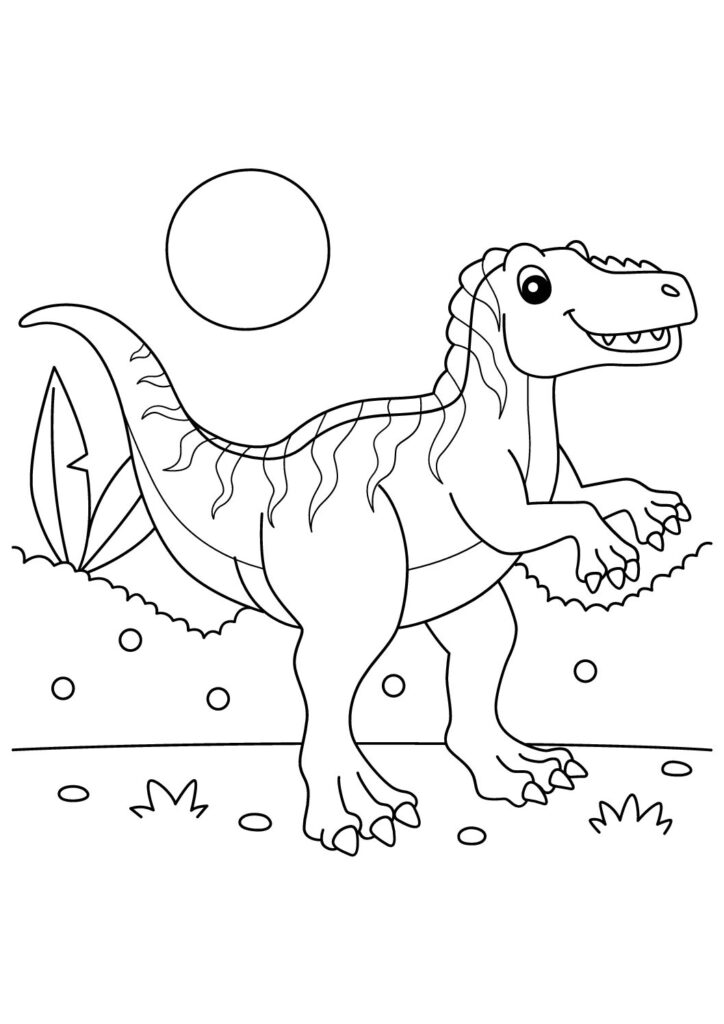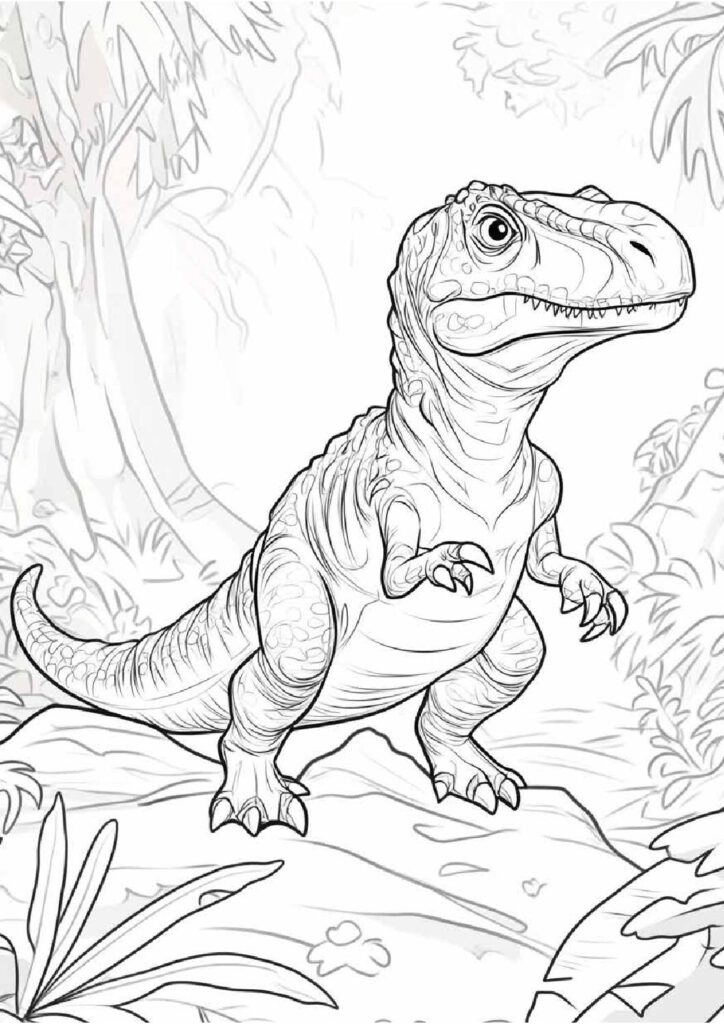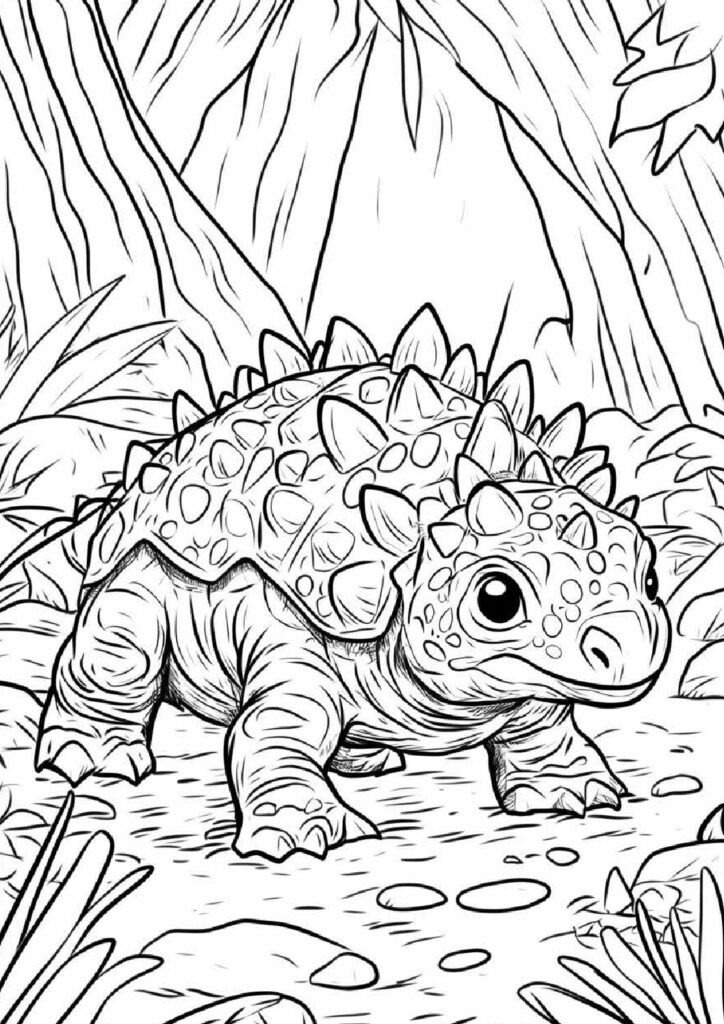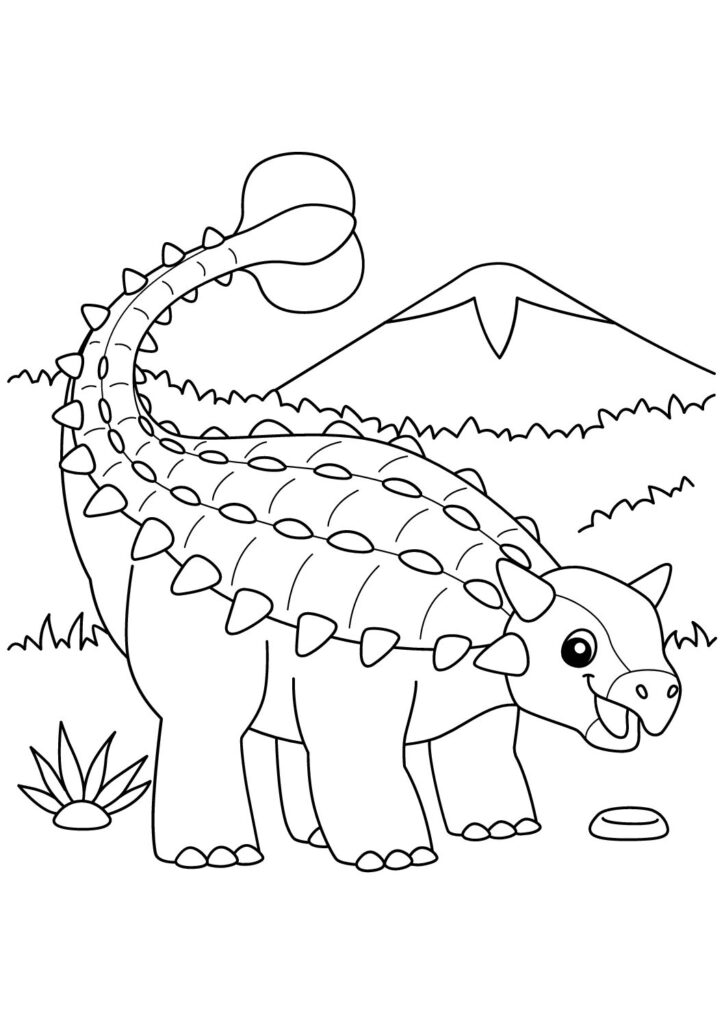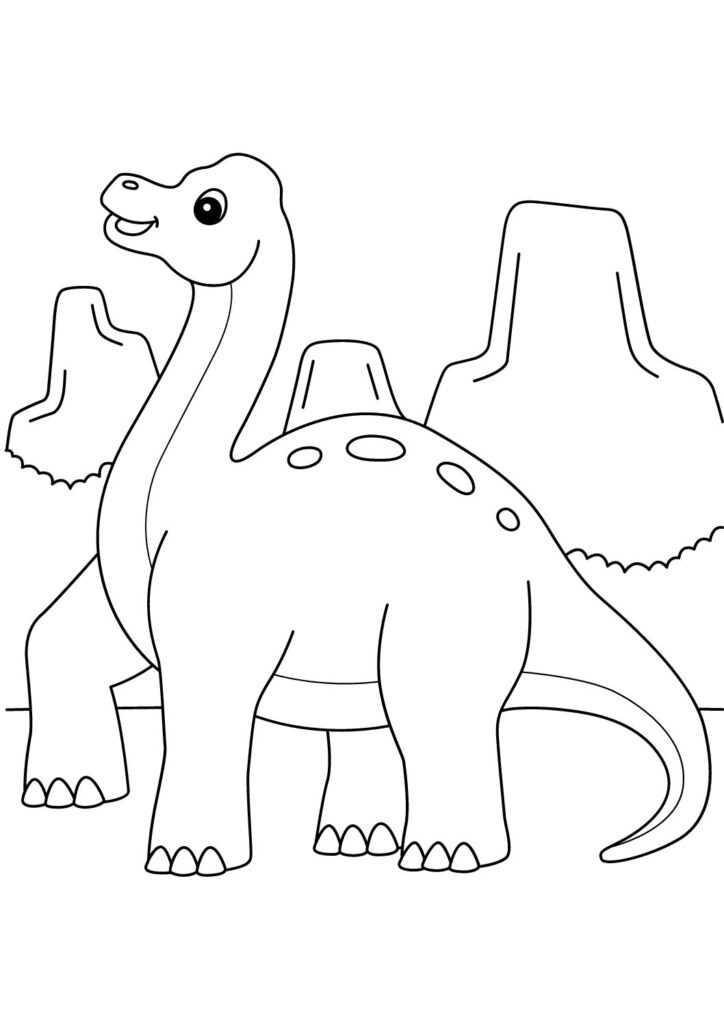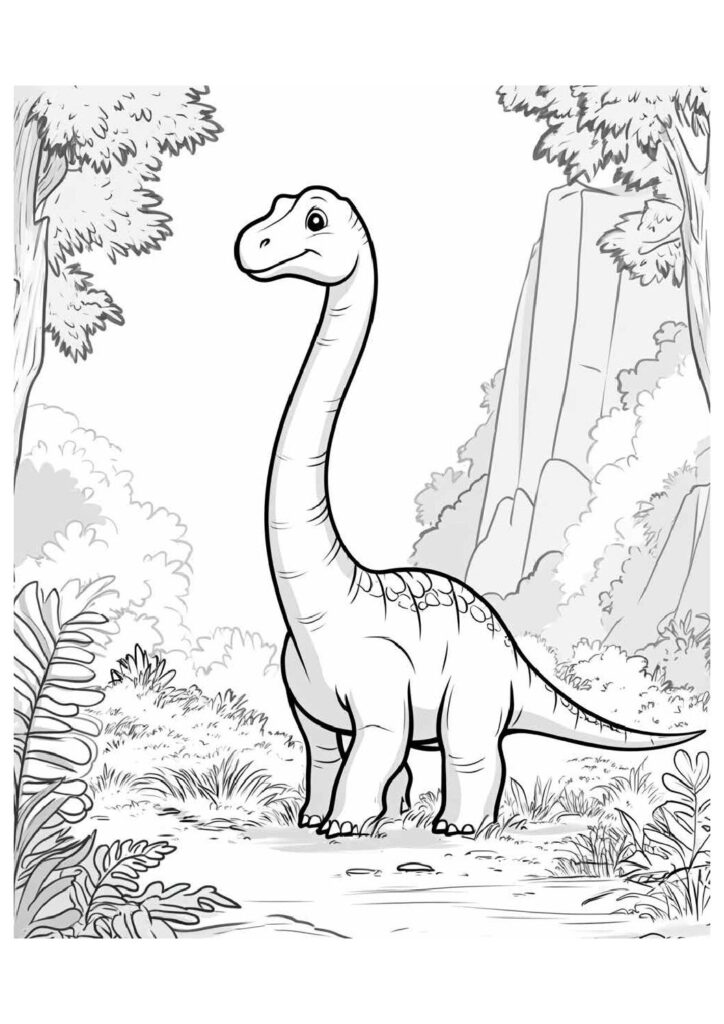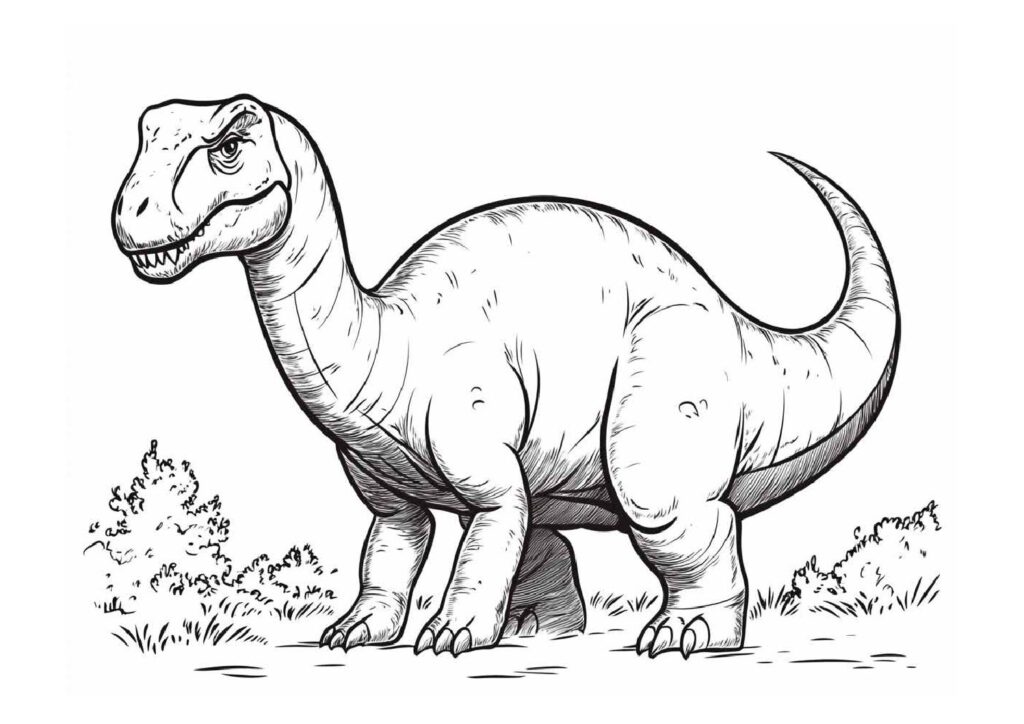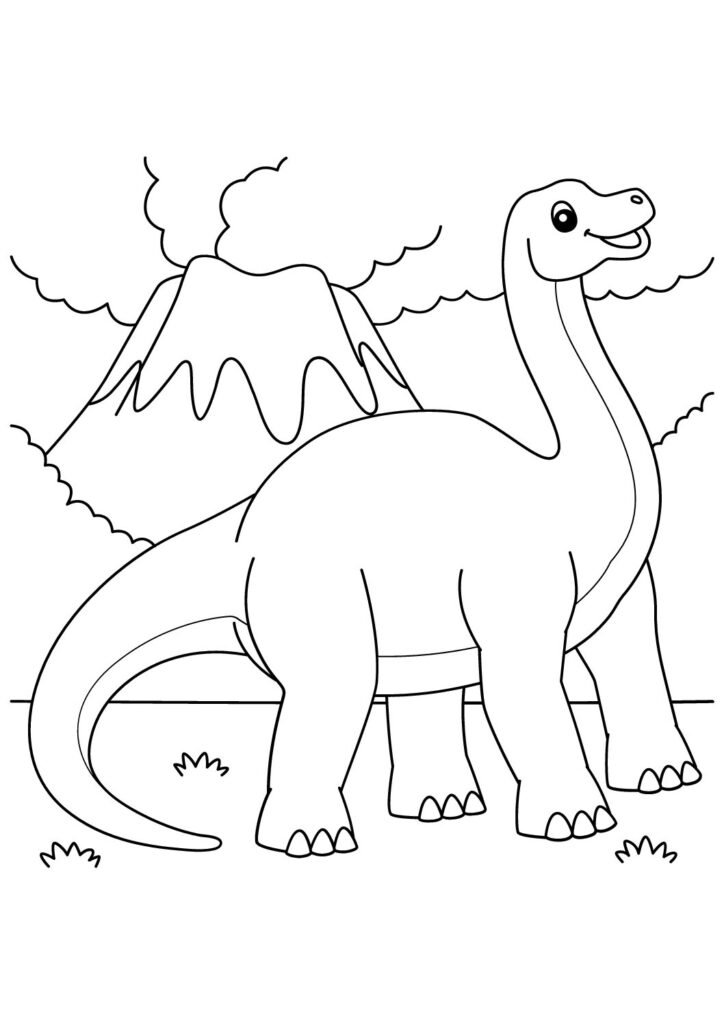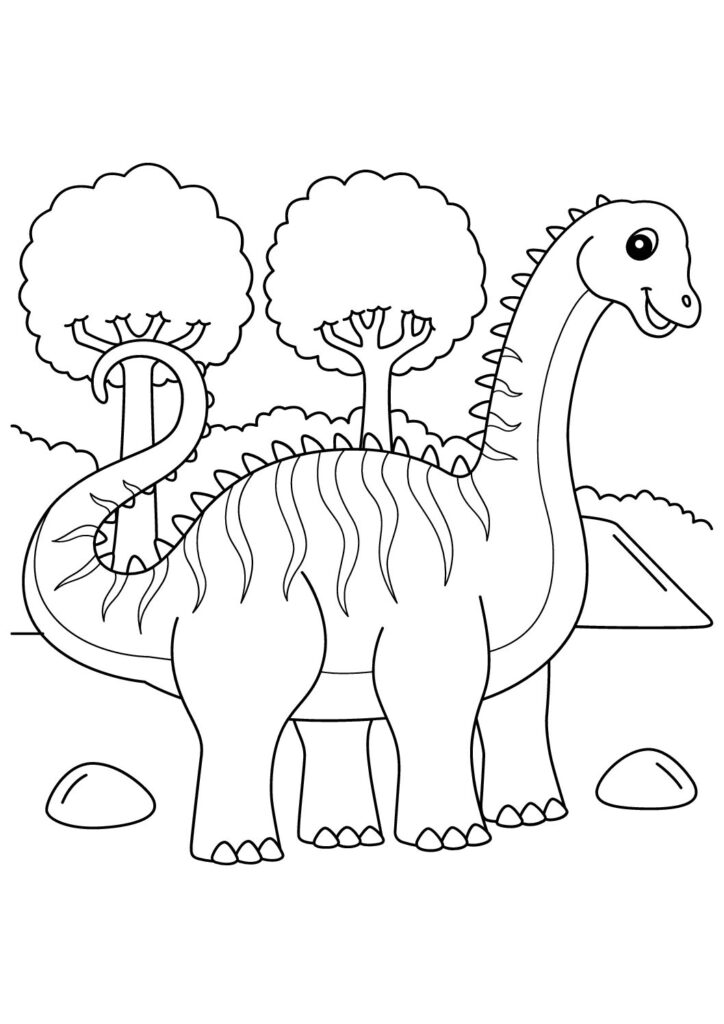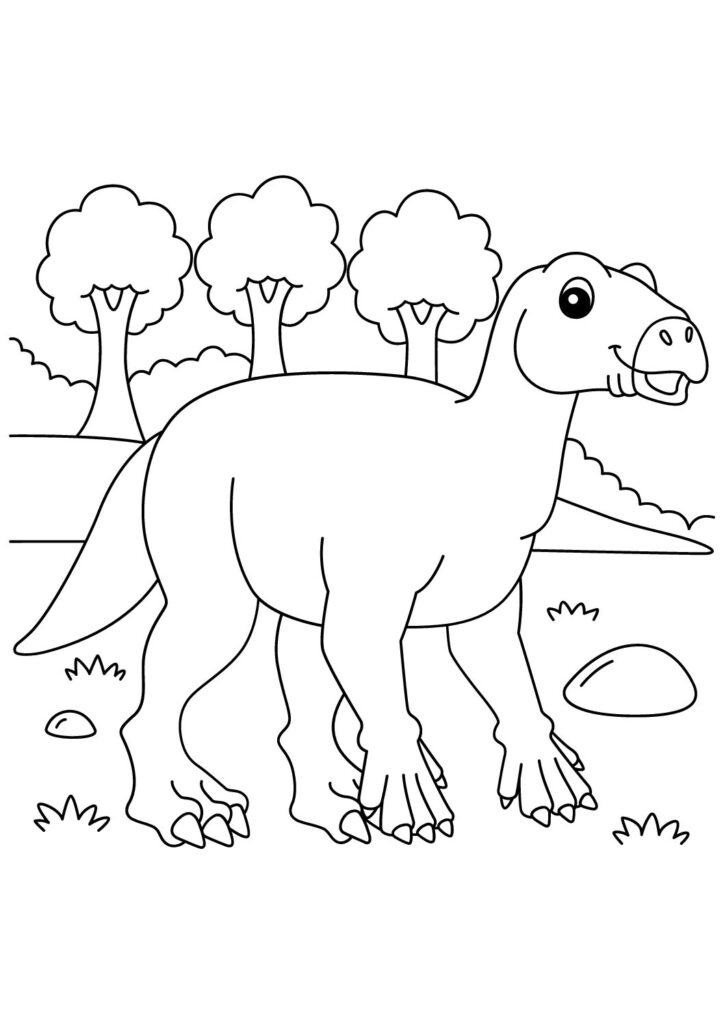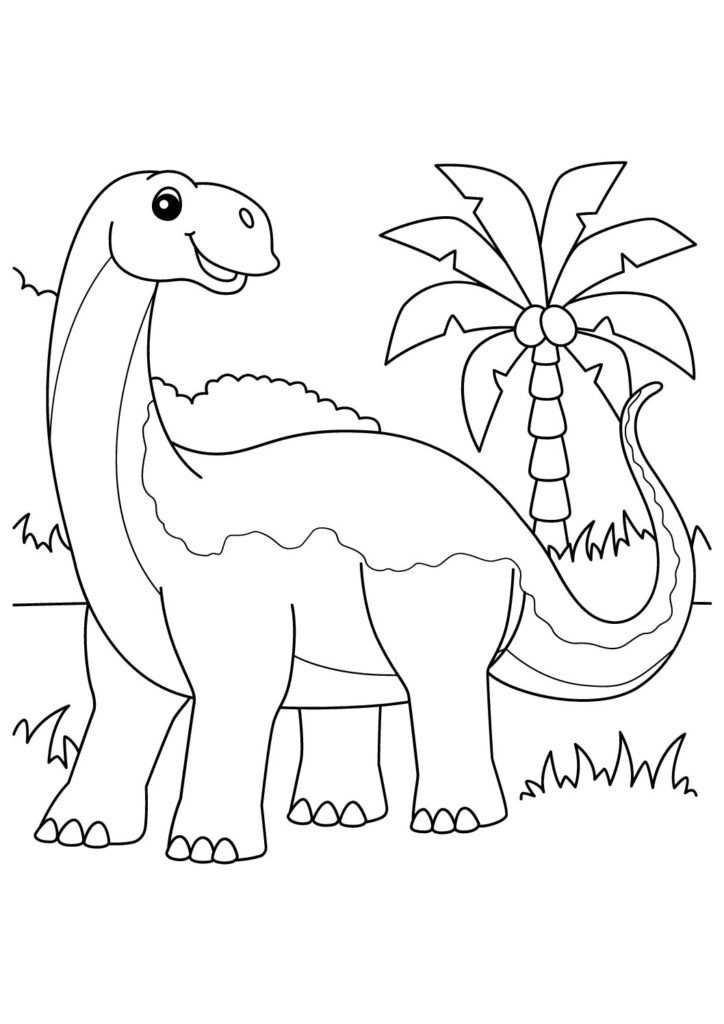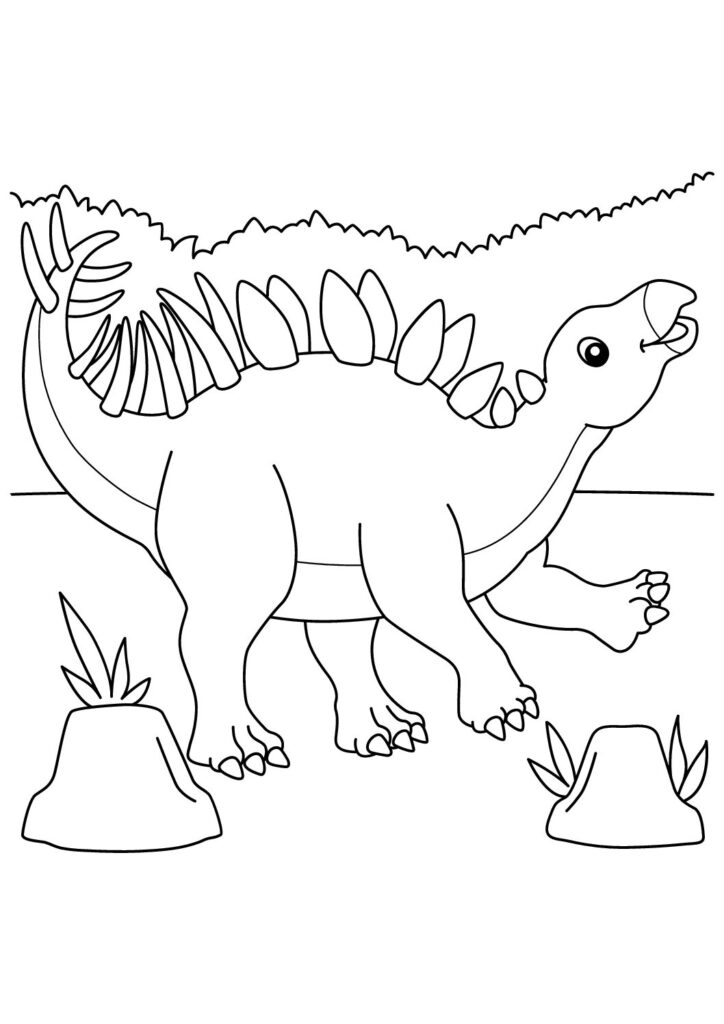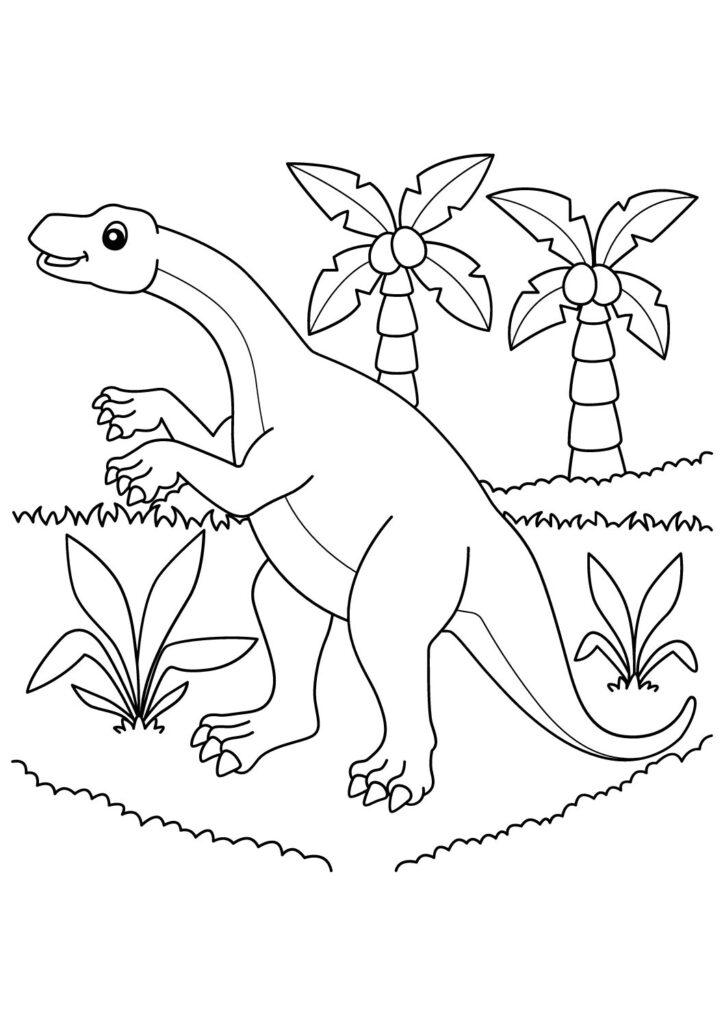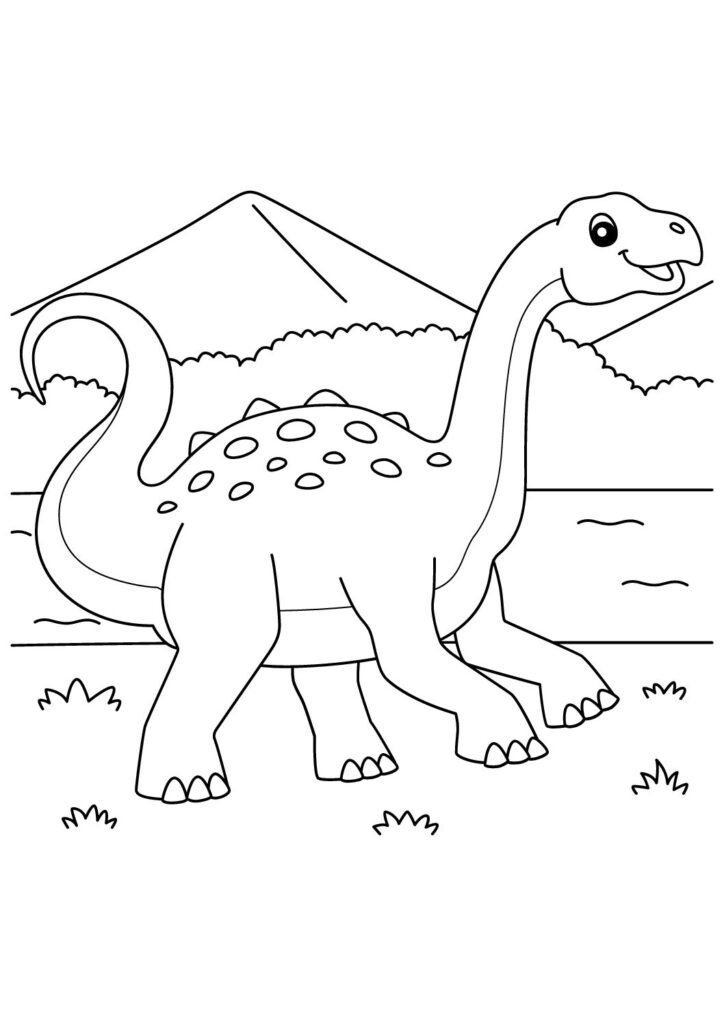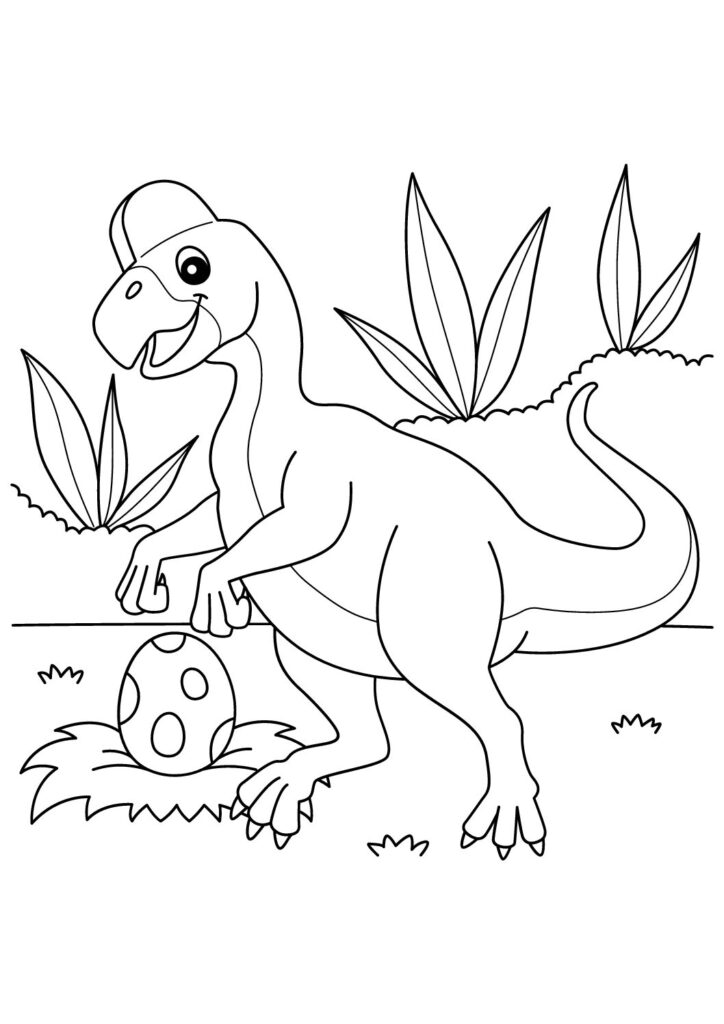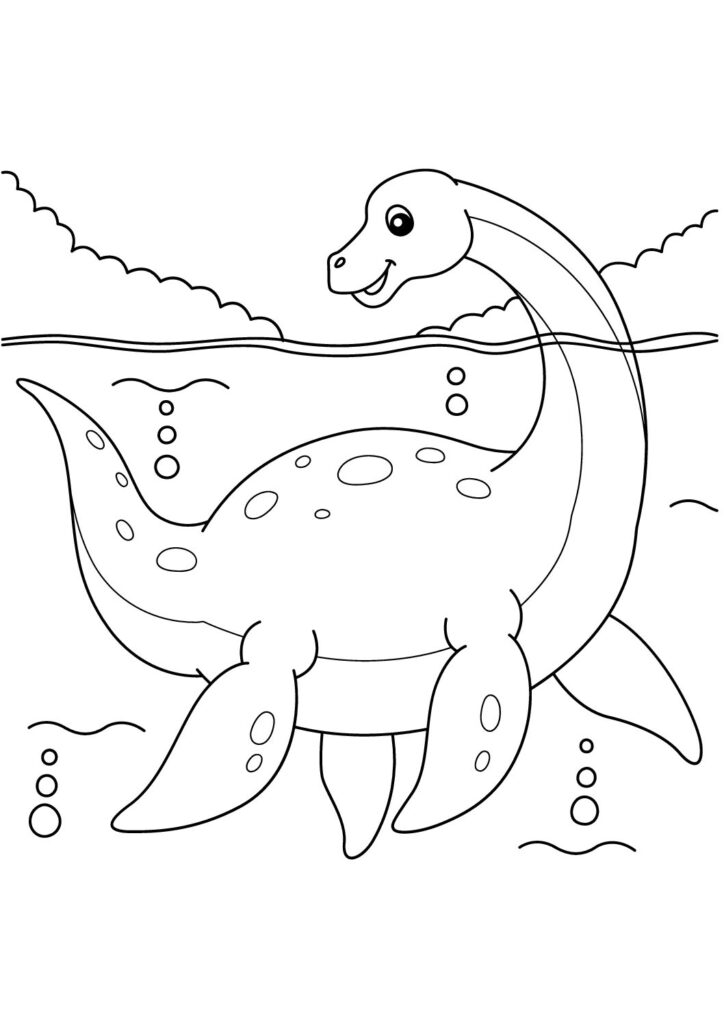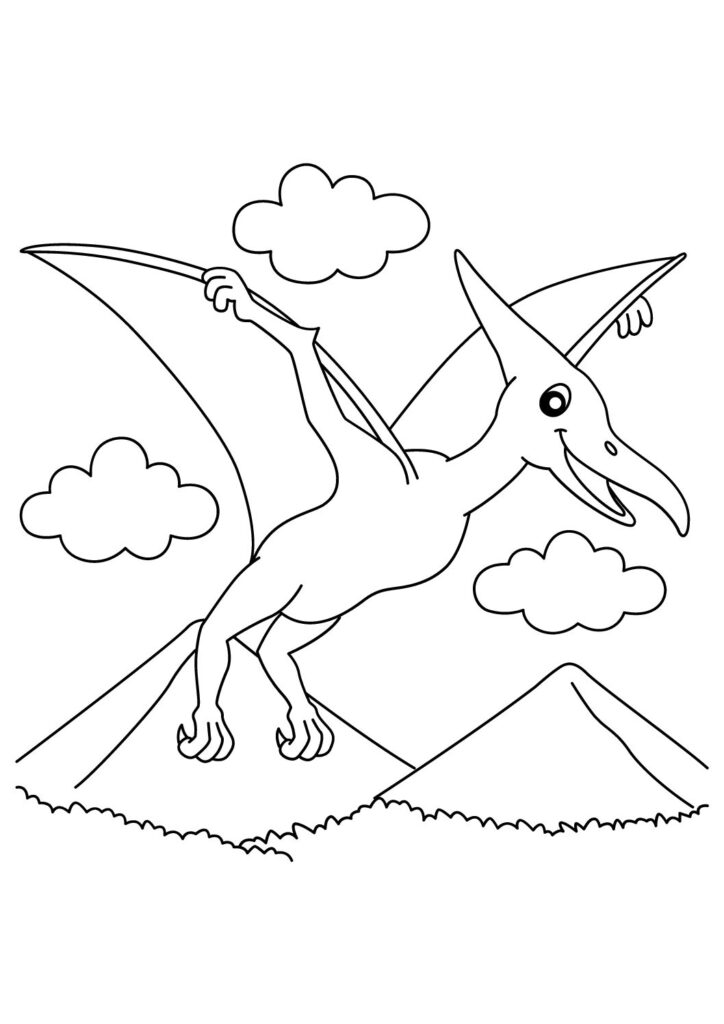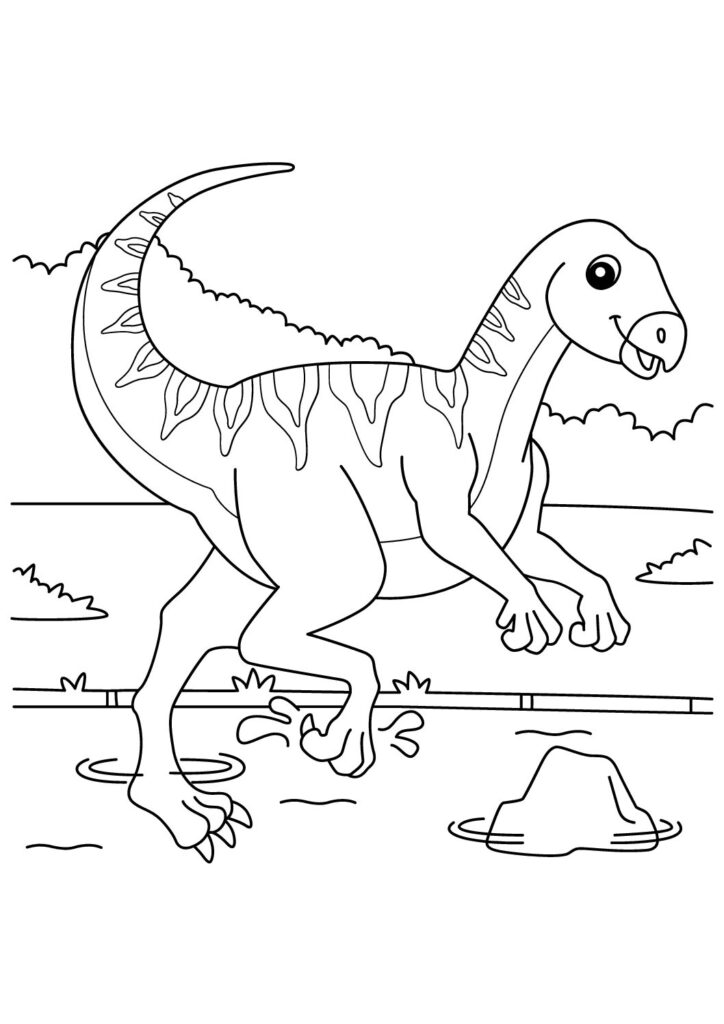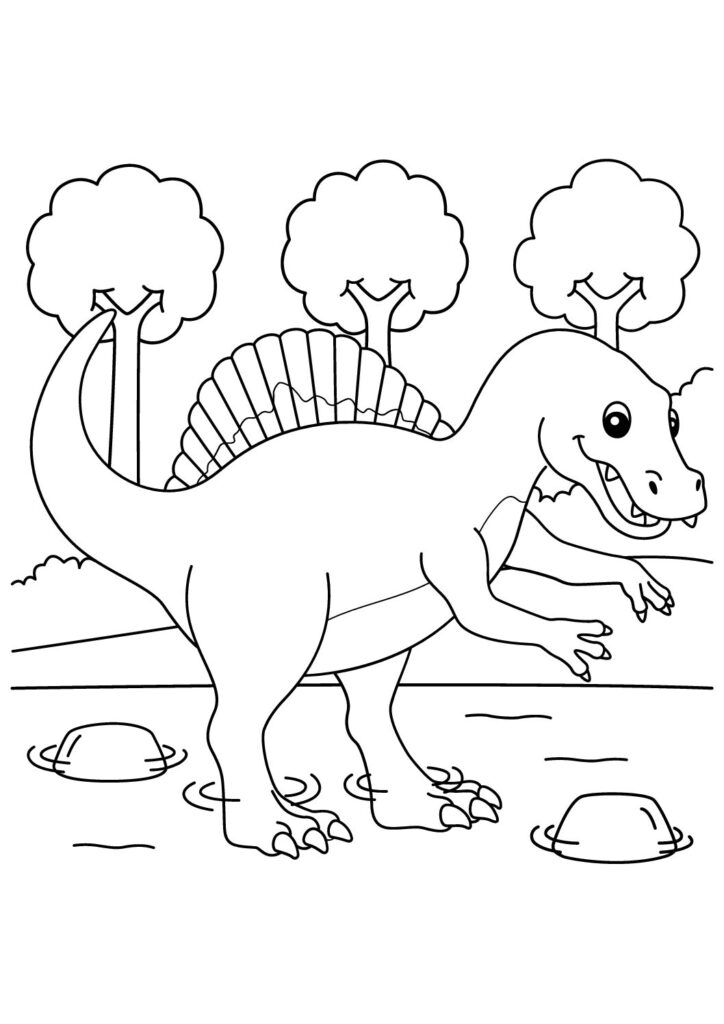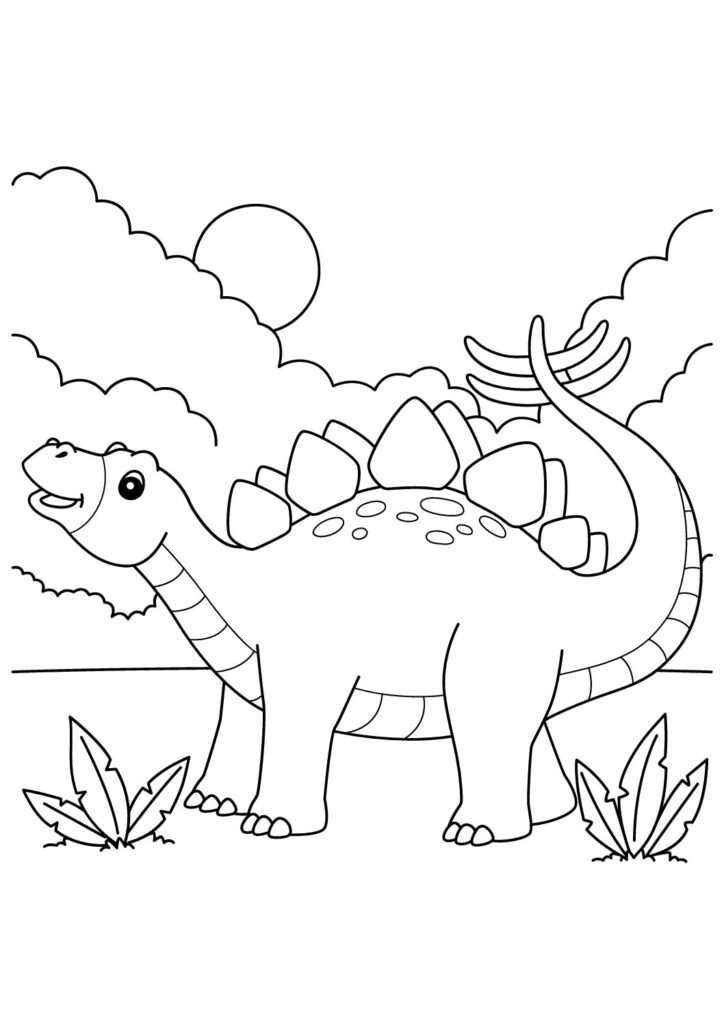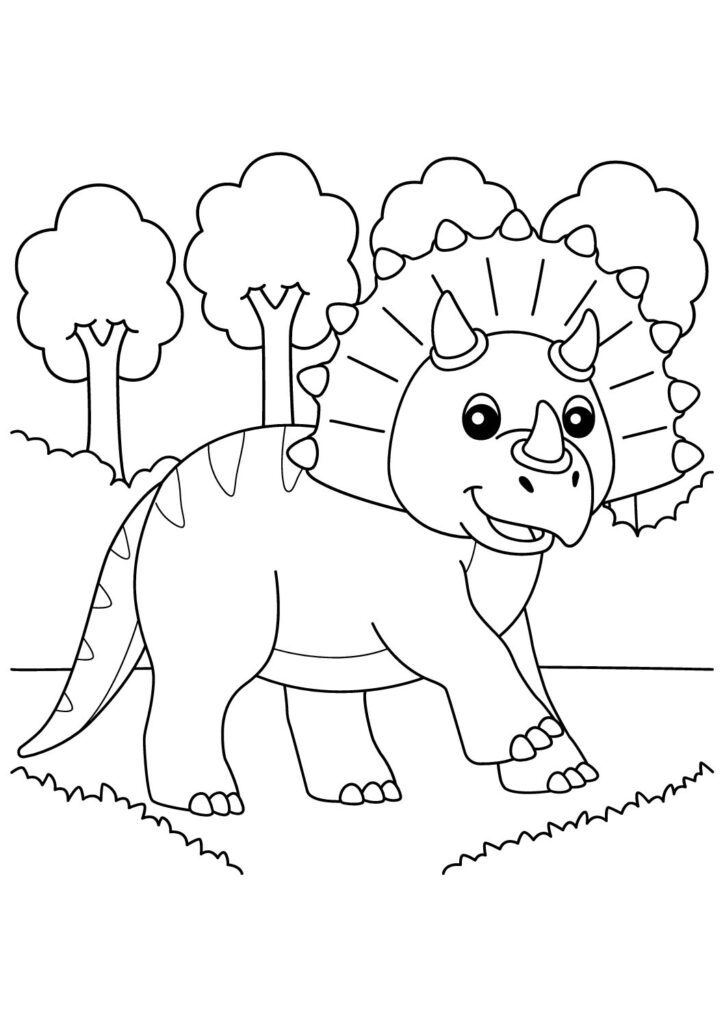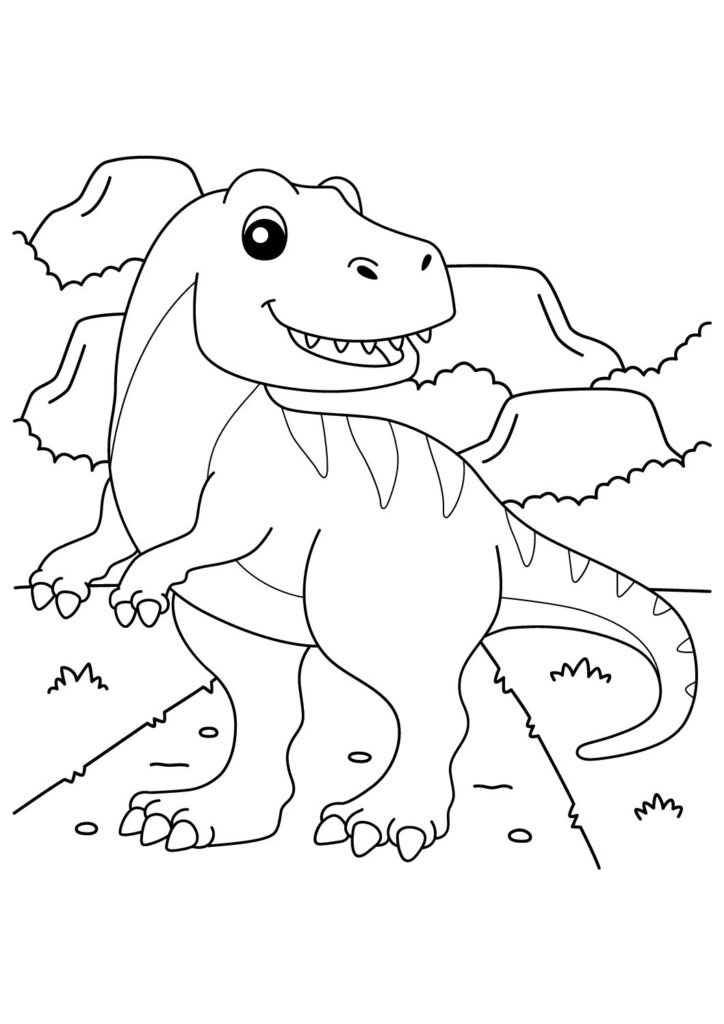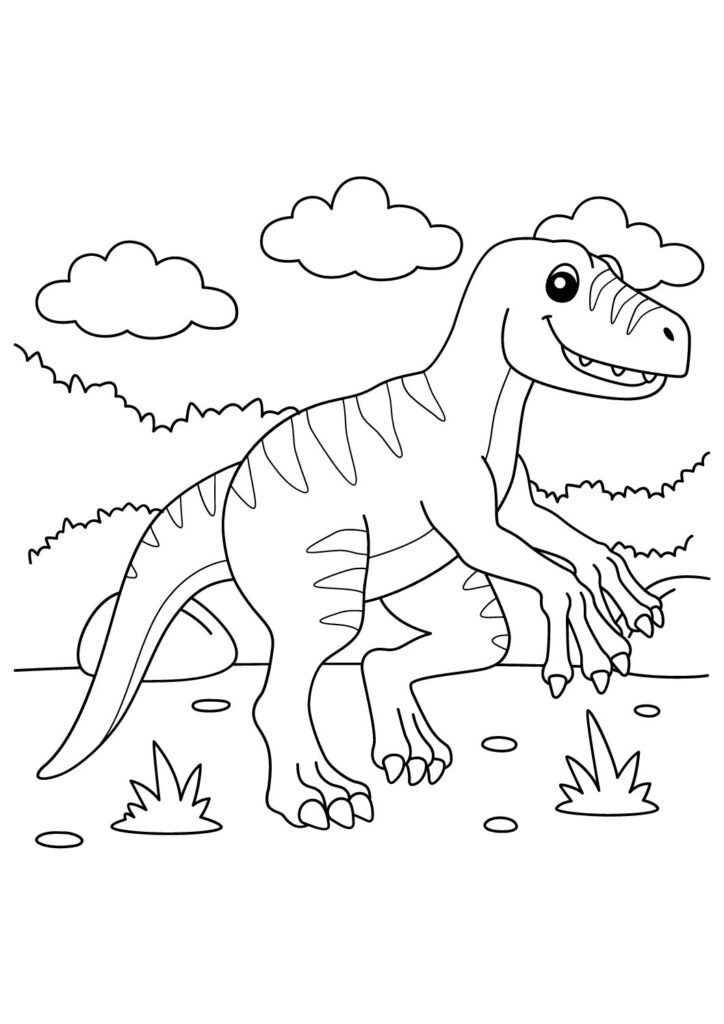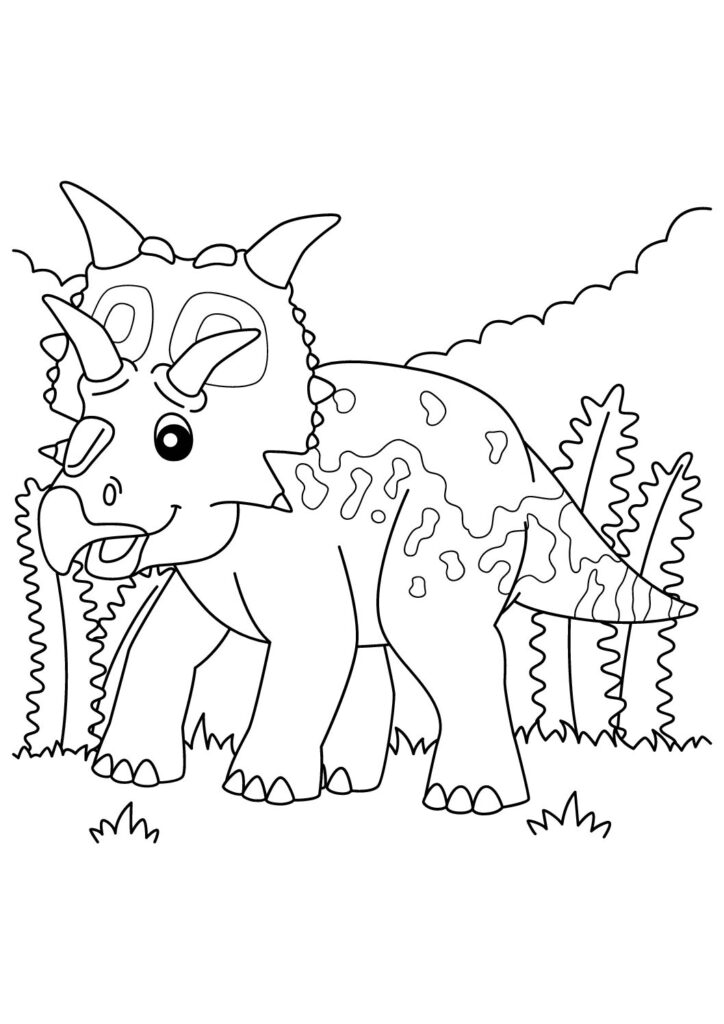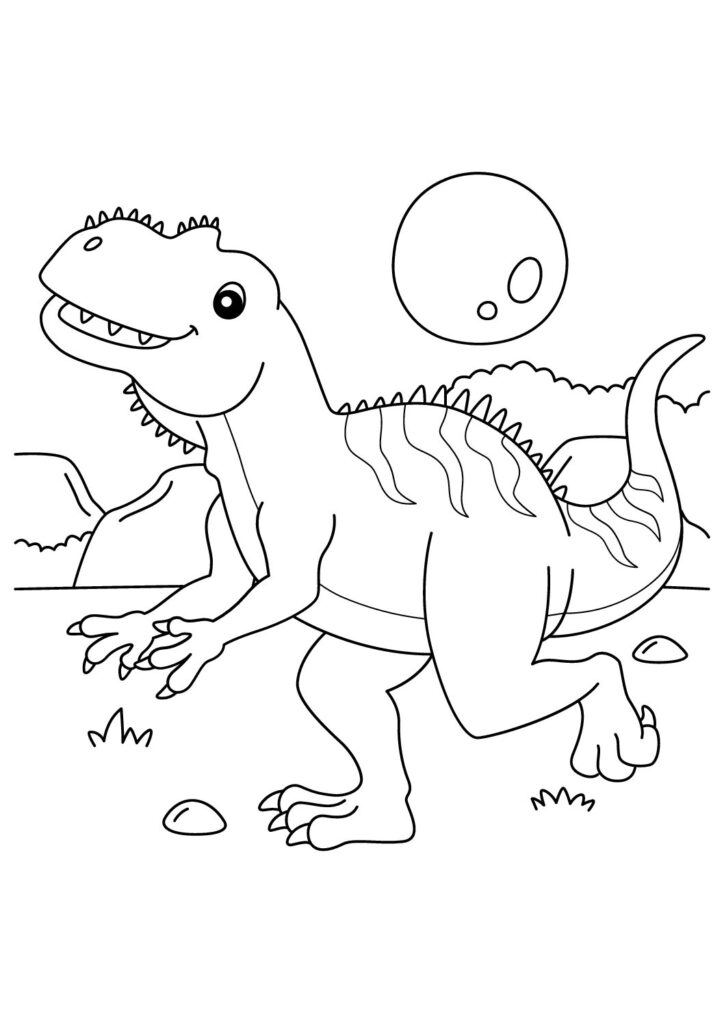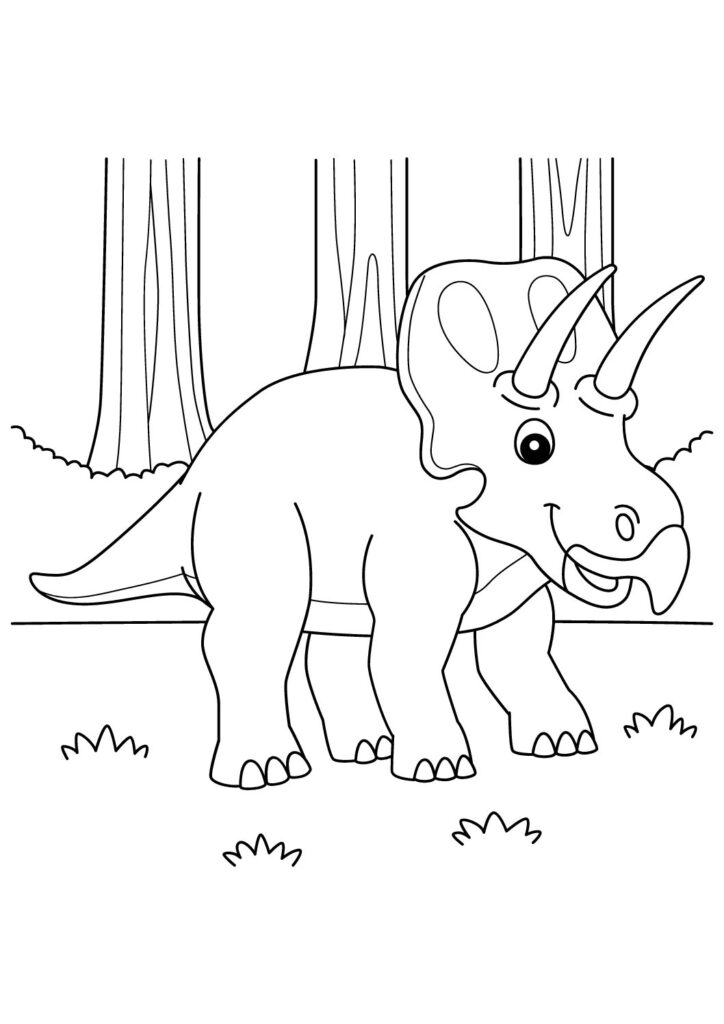1 Free Fukuiraptor Coloring Pages for Download (Printable PDF)

Pounce into our free printable collection of Fukuiraptor coloring pages featuring these agile predators in their dynamic hunting poses! Download these high-quality sheets showcasing these fierce theropods with their sharp claws, powerful legs, and sleek bodies displaying their incredible speed and precision. Perfect for kids and dinosaur enthusiasts, these detailed prehistoric coloring pages capture the swift nature of these meat-eating creatures known for being one of Japan’s most important dinosaur discoveries. Each printable sheet brings these amazing Early Cretaceous hunters to life, highlighting their curved talons, strong arms, and athletic build!
Fascinating Fukuiraptor Facts: The Complete Guide to Japan's Fearsome Predator
Introduction
Fukuiraptor kitadaniensis represents one of Japan’s most significant dinosaur discoveries, roaming what is now Central Japan during the Early Cretaceous period approximately 120 million years ago. This medium-sized theropod, whose name combines its discovery location (Fukui Prefecture) with “raptor” meaning “thief” or “plunderer,” provides crucial insights into Asian dinosaur evolution during a period when continental connections were reshaping dinosaur distribution worldwide.
Physical Characteristics
Fukuiraptor reached approximately 14-16 feet in length and stood about 4.5 feet tall at the hip, weighing an estimated 500-700 pounds—comparable to a modern tiger. As an allosauroid theropod, it featured powerful hind limbs, a balanced tail for agility, and relatively strong forelimbs with large curved claws, particularly on its first finger, that would have been effective weapons for grasping and slashing prey during hunting.
Hunting Adaptations
Like other carnosaurs, Fukuiraptor possessed serrated teeth designed for slicing through flesh, suggesting it employed a bite-and-slash hunting strategy. Its well-developed arms—unlike the reduced limbs seen in later tyrannosaurids—indicate it actively used its forelimbs during predation, potentially to grapple with prey before delivering killing bites, representing a different hunting approach than contemporary raptor dinosaurs that relied more on agility and foot claws.
Scientific Discovery
Paleontologists discovered Fukuiraptor remains in 1989 at the Kitadani Dinosaur Quarry in Fukui Prefecture, with formal description following in 2000. The holotype specimen includes approximately 20% of the skeleton including parts of the skull, forelimbs, pelvis, and hindlimbs, providing sufficient material for researchers to identify it as a previously unknown genus of allosauroid theropod with distinctive characteristics separating it from other carnivorous dinosaurs.
Evolutionary Significance
As an allosauroid theropod in Asia, Fukuiraptor represents an important evolutionary connection between dinosaur faunas of different continents during the Early Cretaceous. This period featured significant continental movement and changing land bridges that affected dinosaur distribution, with Fukuiraptor demonstrating that allosauroid lineages succeeded in East Asia while different theropod groups dominated other regions, contributing valuable data points to our understanding of dinosaur biogeography.
Paleoenvironment
Fukuiraptor inhabited a lush, river-dominated environment bordered by conifer forests as evidenced by the sedimentary deposits and plant fossils from the Kitadani Formation. This habitat supported a diverse ecosystem including the sauropod Fukuititan, various ornithopods, and smaller vertebrates that would have constituted Fukuiraptor’s prey base, painting a picture of a rich Cretaceous environment in what would eventually become the Japanese archipelago.
Cultural Impact
Since its discovery, Fukuiraptor has become an important cultural symbol in Fukui Prefecture, featured prominently at the Fukui Prefectural Dinosaur Museum—one of Japan’s premier paleontological institutions. This scientific ambassador has helped stimulate public interest in dinosaur science throughout Japan, inspiring younger generations of paleontologists while highlighting the significant but often overlooked dinosaur discoveries from East Asia that complement the better-known North American and European fossil record.
